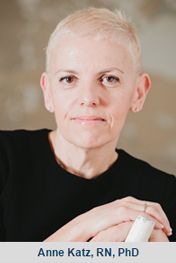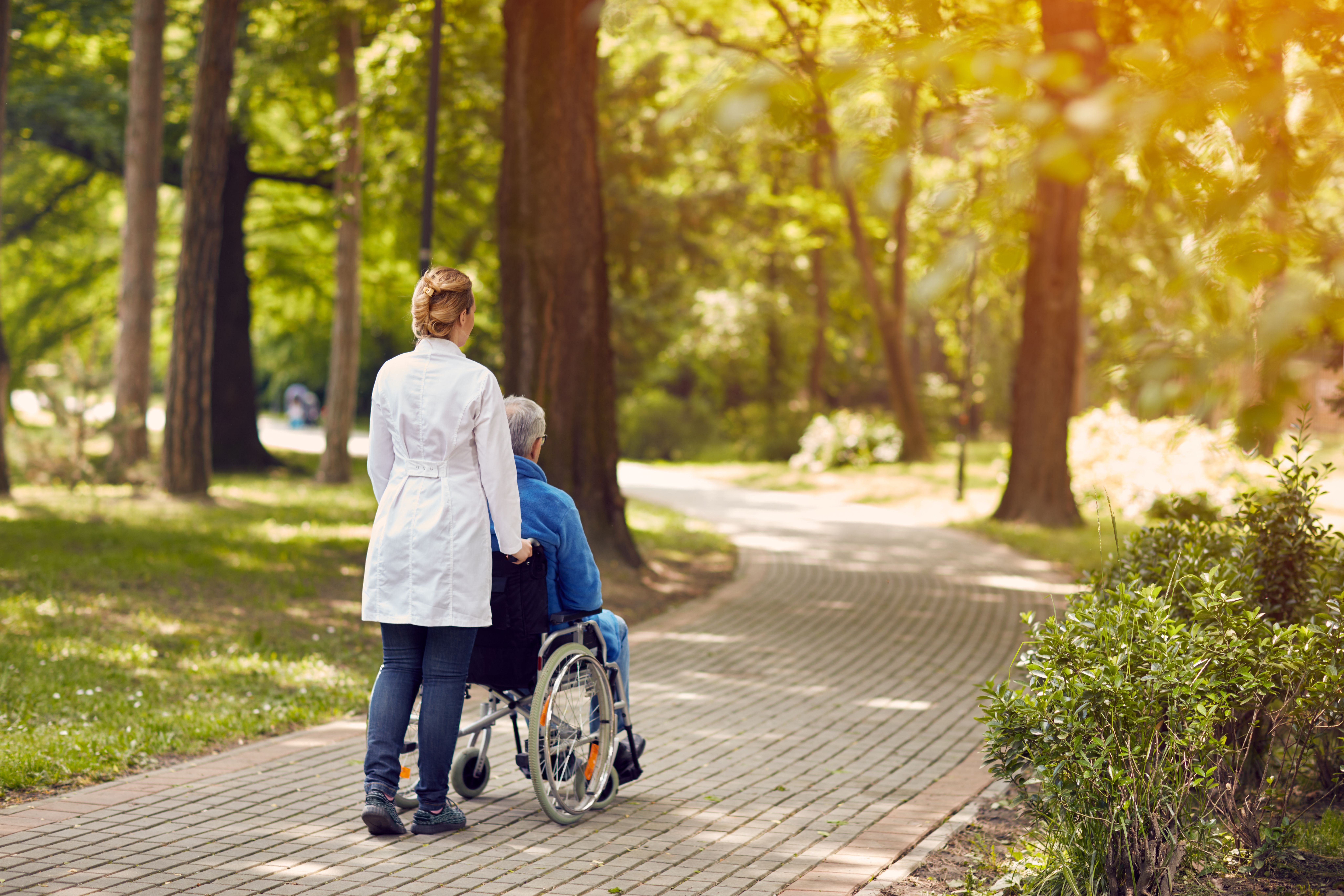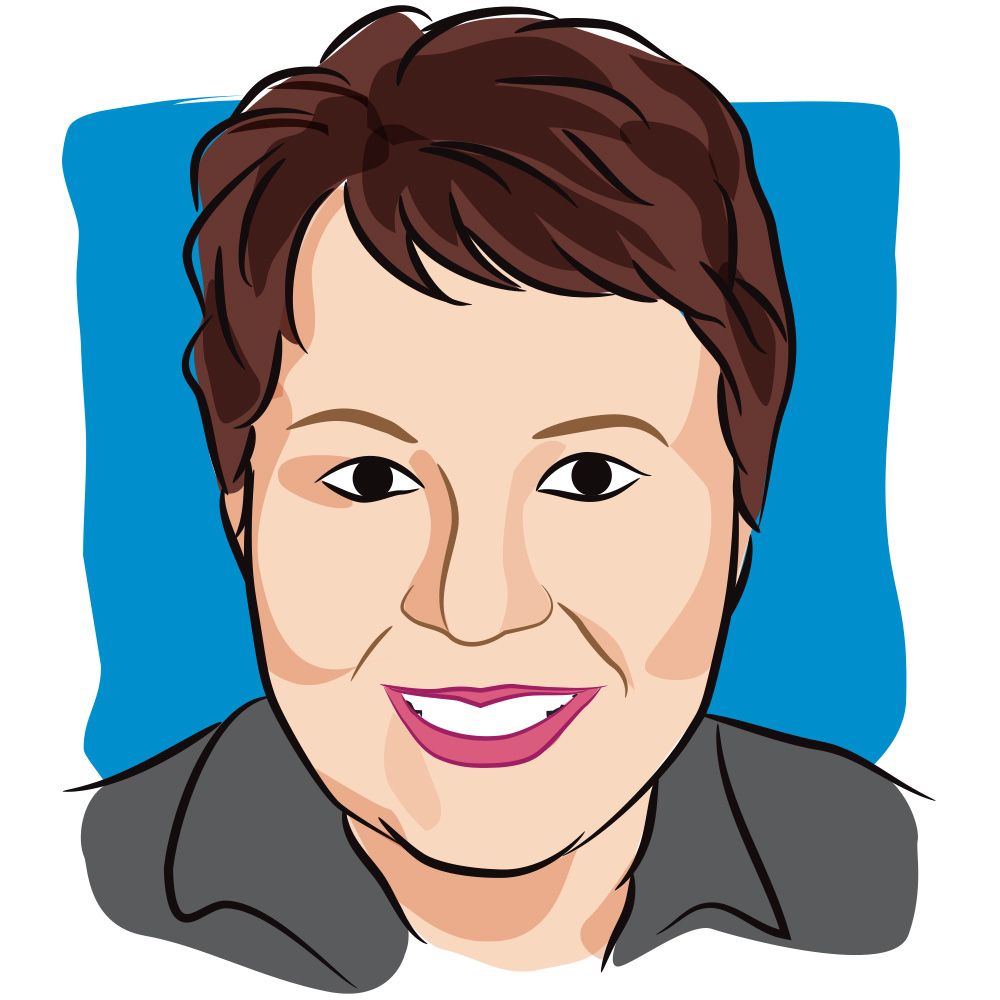Article
When Young Adults Have Cancer—a Conversation With Anne Katz
Author(s):
Issues of fertility, body image and sexuality are all important when treating a young adult with cancer, yet many facilities lack proper utilities and training to assist this group of patients, which is why Anne Katz wrote the book, "This Should Not Be Happening: Young Adults with Cancer."
Between the ages of 19 and 35, young adults are starting to develop into adults—continuing their education, dating, working and starting a family. When a cancer diagnosis occurs during this time, there are certain issues that should be addressed at or after diagnosis. Issues of fertility, body image and sexuality are all important when treating a young adult with cancer, yet many facilities lack proper utilities and training to assist this group of patients.

Anne Katz, a clinical nurse specialist and AASECT-certified sexuality counselor at CancerCare Manitoba in Winnipeg, Canada, found the lack of attention and literature on the topic disappointing.
In her new book, This Should Not Be Happening: Young Adults With Cancer, Katz uses accessible language to help guide young adults with cancer, their parents and caregivers. The book offers frank, pragmatic advice and inspiration on issues unique to young adults dealing with a life-changing illness.
Featuring quotes from interviews with young cancer patients and parents, the book is divided into three sections: being sick, being a person and being an adult. The book has won first place in the 2014 American Journal of Nursing (AJN) Book of the Year Awards in the consumer health category.
Katz talked about her book, the challenges in treating young adults with cancer, and how physicians and nurses can better address the needs of these patients.
What prompted you to write the book?
I was invited to speak at a conference for young adults with cancer, and in preparing my talk I went through the literature, and it just became abundantly clear to me that there was very little research into sexuality and young adults with cancer, which made no sense to me. Because young adulthood is really a time when we become sexual beings. There are a number of important developmental milestones in this stage of life. Young adulthood is defined as ages 19 to 35, and a lot happens in those years: establishing a sexual identity, becoming sexually active, settling down and creating a family—that all happens in the span of young adulthood.
There are lots and lots of changes, and as an expert in cancer and sexuality, it became very clear to me that cancer presents some significant challenges to those developmental milestones. So when I looked at the literature and saw that there was very little there, I decided to write the book.
What was the most impactful thing you encountered while writing the book?
I interviewed about 20 young adults from across North America with different kinds of cancer. And what really struck me from the interviews was the impact on body image and because of that, confidence. For example, young women who had breast cancer or other kinds of cancer and had surgery where there was an alteration to the body, and how this really affected their confidence in themselves in terms of dating, meeting somebody new. For both men and women.
If there was a question of infertility as a result of treatment, which happens with chemotherapy and surgery and radiation, once again, people feeling that if they can’t have a baby, what can they offer someone? And so there is a fear or reluctance to commit to someone; they felt like damaged goods.
There’s evidence of this in the literature, but when you hear someone talking about their struggles and their fears, it really hit home for me.
Can you give some examples of the unmet needs that these young adults with cancer face?
I think that there are a lot of unmet needs. Sometimes it’s related to where they get their treatment. There are many young patients who live in rural communities where they’re just kind of lumped in with other patients. They’re seeing a community oncologist, there’s not special programing for them. In urban settings, sometimes these patients are treated in a pediatric context. A lot of these patients feel isolated, they feel very much alone. This is different when they’re being treated in an academic center where often there’s special programing, support groups, etc.
Patients who are not in large urban centers often feel very alone and don’t have anyone to talk to about this. That sense of isolation is very real. The whole area of psychosocial support for young adults is different because their needs are different.
If they’re being treated in a pediatric center, there’s Mickey Mouse and Donald Duck on the wall and a bunch of kids. If they’re treated in the adult setting, they’re sitting in a room with 65- and 70-year olds who may be looking at them like “why does this person have tattoos on them?”
When they’re in the hospital sometimes they’re in the pediatric ward. Can you imagine? Everyone goes to sleep around seven o’clock, and we know that older adolescents and younger young adults stay up later at night. They want to hang out with their friends; they want to watch television at three o’clock in the morning. And often the care centers aren’t designed to accommodate these individuals.
Some of it is attitudinal. The attitude of the staff is, “Shh! Other people are sleeping!” That lack of flexibility in terms of what’s possible and what’s not possible. Australia and the UK are miles ahead of North America in terms of this.
There are some hospitals in the United States that are creating more young adult, adolescent friendly spaces, but they’re still few and far between.
The title of your book is “This Should Not Be Happening.” What steps need to be taken to make sure that young adults with cancer receive adequate care?
I think it’s starting to happen. There are certainly centers across the United States where there’s recognition. Things are starting to happen, and there are a number of organizations for adolescents and young adults now. Efforts are being made to raise awareness of this as a cancer population with a set of unique needs.
These are not big children or mini adults. There is recognition that in the hospital we need to be more inclusive, that perhaps young adults or older adolescents are going to come to their appointments with an entourage. Their needs are different, and we really do need to address those needs.
I think there’s a process of education of healthcare providers, and it may not be the healthcare providers working in big academic centers; it’s the ones that are working in smaller settings and private practices.
How can oncology nurses and physicians help overcome these challenges?
I think first, be really aware that these are people who have specific needs by virtue of where they are developmentally and that there may be concerns about fertility. ASCO just came out with guidelines on fertility preservation, which recommend that all adolescents and young adults need to be counseled about the risk of loss of fertility by a multidisciplinary team. Very often we have those difficult conversations at the time of diagnosis. Now sometimes we have to because treatment has to start immediately, but this is not a one-time discussion. We can’t assume that someone who’s had a one-to-two year break in social development because of treatment is really up to speed socially with their peers.
Very often we forget to have a discussion about contraception with these people. They may assume they’re infertile, but they may not be and they’re still at risk for sexually transmitted infections. If they’re immune compromised, they really need to be protected.
What kind of advice does this book give to help parents, caregivers and even patients during and after cancer treatment?
The book has these callouts—“the 411 on” . . . which offer some tips. For example, in the chapter on family and friends, there’s advice on how to tell your parents about your diagnosis. There’s advice on how to deal with parents who are helpless, hovering or hopeful.
Some parents are so shocked; they don’t know what to do. Those are the helpless parents, and sometimes they depend on the young adult with cancer for support. There’s the hovering parent who just can’t let go and really doesn’t let the young adult act like a young adult. And, for the helpful parents, “thank you.”
There’s a section on the “family radio”- what to tell, who to tell, when to tell. Talking about siblings and recognizing that sometimes siblings feel guilty that their sibling got cancer. They may withdraw. They also may be overwhelming to the young adult.
There are references at the end of every chapter for people who want to learn more or read more, but it’s really written in a kind of fun way with some judicious use of humor.




